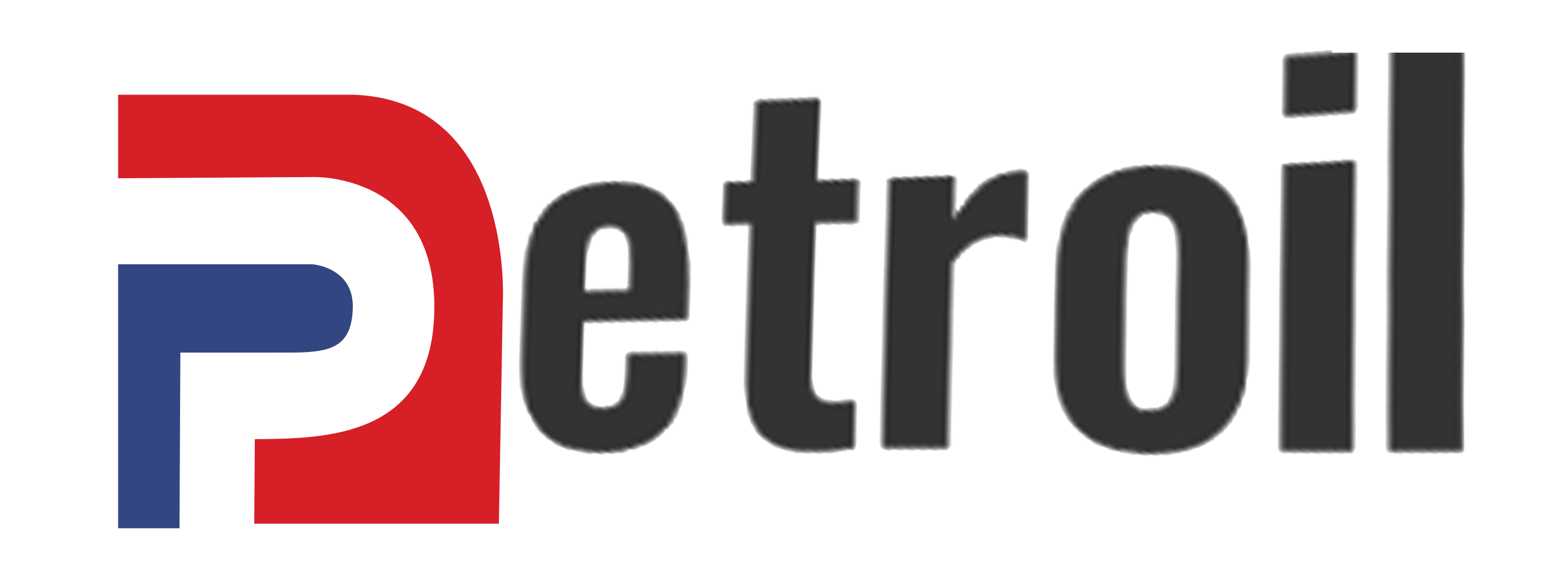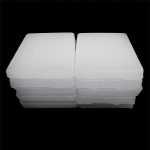Micro and Macro Paraffin + Complete Review, Applications and Differences
what will you read...
IntroductionMacrocrystalline Wax (Light Paraffin): Properties and ApplicationsMicrocrystalline Wax (Heavy Paraffin): Features and AdvantagesMicrocrystalline vs. Macrocrystalline Wax: A Quick ComparisonWhich Paraffin Is Right for You? Light or Heavy?Conclusion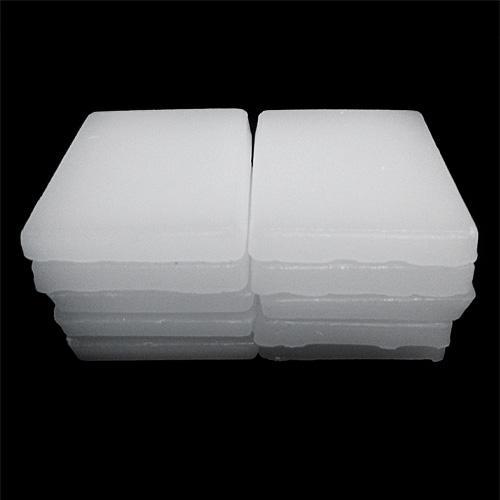
Microcrystalline vs. Macrocrystalline Paraffin: A Comprehensive Review of Applications and Differences
Introduction
Paraffin is one of the most significant byproducts of crude oil refining. Depending on the refining process, oil content, crystalline structure, and physical properties, it is produced in various forms. Among them, two major types widel
used across industries are microcrystalline wax and macrocrystalline wax. These are also commonly referre to as heavy paraffin and light paraffin, respectively. Despite being derived from the same source, they differ significantly
appearance, performance, chemical properties, and pricing.

Macrocrystalline Wax (Light Paraffin): Properties and Applications
Macrocrystalline wax refers to the common solid paraffin used in candle manufacturing, packaging, and cosmetic industries. It is produced from the lighter fractions of crude oil and has a structure composed of large, well-formed
crystals.
Key Characteristics:
Clarity and Color: Usually transparent or off-white
Texture: Hard, brittle, and glossy
Melting Point: Between 48°C to 60°C
Oil Content: Generally less than 1% in high-quality grades
Odor: Neutral and odorless when refined
Common Applications:
Manufacturing decorative and industrial candles
Wax paper and food packaging
Moisture-resistant cardboard and paperboard
Lubricant and waterproofing agent in the textile industry
Fruit and vegetable coating in the food industry
Thanks to its lower price, ease of use, and shiny appearance, macrocrystalline wax is a cost-effective option for mass production.
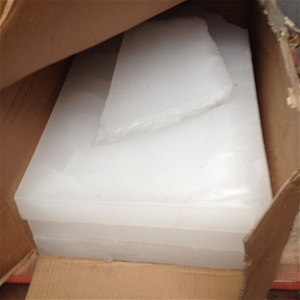
Microcrystalline Wax (Heavy Paraffin): Features and Advantages
Microcrystalline wax is derived from the heavier fractions of crude oil and consists of more complex hydrocarbons with tightly packed molecules. Its structure is formed of very small, dense crystals, giving it a soft, sticky, and flexible
texture.
Main Characteristics:
Color: Usually off-white or creamy matte
Texture: Soft, flexible, and tacky
Melting Point: Between 65°C to 80°C
Oil Content: Between 5% to 15%
Oxidative Stability: High, suitable for harsh industrial conditions
Oil & Drug Absorption: High
Applications:
Base for creams, ointments, and lip balms in pharmaceutical and cosmetic industries
Metal rust protection
Moisture-proof coating for electrical cables
Lubrication of heavy industrial machinery
Filler in rubber and tire production
Additive in hot melt adhesives and sealants
Due to its excellent adhesiveness, moisture barrier capabilities, and flexibility, microcrystalline wax is widely used in high-performance and specialized industrial applications.
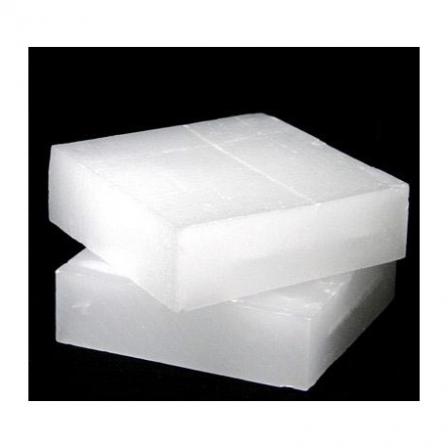
Microcrystalline vs. Macrocrystalline Wax: A Quick Comparison
Macrocrystalline (light) wax has a simpler structure, more shine, and a lower melting point. It is suitable for general-purpose products where visual clarity is important.On the other hand, microcrystalline (heavy) wax, with its dense
crystalline structure and higher oil content, offers advanced functional properties ideal for specialized industrial uses.From a technical standpoint, microcrystalline wax performs better for moisture retention, flexibility, thick coatings
and airtight sealing, while macrocrystalline wax is more suitable for applications that demand a hard texture, smooth surface, and glossy appearance.
Which Paraffin Is Right for You? Light or Heavy?
If your product demands a glossy look, firm texture, and durability—especially in industries like packaging, candle making, or general manufacturing—light paraffin (macrocrystalline) is a cost-effective and practical choice. However, i
you require features such as high flexibility, strong adhesion, moisture resistance, or compatibility with active pharmaceutical ingredients, then heavy paraffin (microcrystalline) is a more professional solution.
Petroil: Specialized Supplier of Export-Grade Paraffin
Petroil, leveraging its technical expertise, experienced team, and extensive supply network both locally and internationally, offers a wide range of light and heavy paraffin waxes with precise specifications, international standards, and
professional packaging.
We are by your side to help you make the right raw material choices, optimize production, and win the market competition.
Conclusion
Paraffins are classified into heavy and light types based on their crystalline structure and physical properties. Microcrystalline wax (heavy) with its fine, tacky texture is ideal for specialized and industrial applications. In contrast,
macrocrystalline wax (light) with its coarse structure and glossy appearance is more suitable for general uses.
Understanding these differences can significantly reduce costs and enhance product quality.
With us, superior power, victorious competition.

